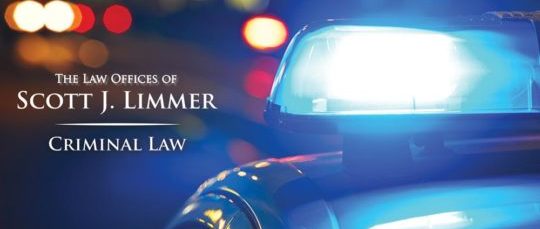Bodycams and Dashcams are coming to the Nassau County Police Department
Several months ago, the Nassau County Police Department started a pilot program for video cameras installed on the dashboards of police vehicles and body cameras on police officers. After the experiment ends, the county will decide whether to expand use of one or both devices and if so, they will set rules for their use.
Dashboard-mounted video recorders have a longer history. The Nassau County pilot program has already installed video cameras in a handful of vehicles used in its anti-drunk driving enforcement program. In fact, a county police special anti-DWI unit, disbanded in 2011, used dashcams for a few years. Highway Patrol vehicles in Suffolk County’s anti-drunk driving program have used them for about 10 years.
Leading edge police technology
Far more recent and controversial are the officer-worn cameras Nassau County’s pilot program will deploy on a half dozen officers. Attached to uniform, helmet or glasses, bodycams capture the officer’s view of interactions with citizens.
In several highly publicized cases, videos from non-police sources wherein police used force have surfaced. A citizen’s cellphone captured the aftermath of the August shooting of Michael Brown in Ferguson, Missouri. A store’s security camera caught the April 25 traffic stop in Nassau County of Kyle Howell in which two officers beat the Westbury youth. In the name of greater transparency for police actions, some advocates are pushing legislation to mandate police bodycams.
How camcorders help the cops
Acting Nassau police commissioner Thomas Krumpter sees several potential benefits from wider police use of video technology. Besides offering additional evidence for prosecutions, he notes, cameras can also counter what he terms “false allegations against cops.” He has ample company in that view: when law enforcement website PoliceOne.com surveyed 750 law enforcement officials, over 86% thought wider deployment of bodycams would reduce unjustified police misconduct claims and lawsuits against law enforcers.
How police bodycams protect the cops – and the public
The police department in Rialto, California, a town of 100,000 about an hour east of Los Angeles, reported in the first year after it began randomly assigning bodycams to some officers, citizen complaints plummeted 88%, and police use-of-force incidents dropped 66%, with most of the decrease coming from bodycam wearers. An Arizona State University study found overall drops in citizen complaints and incidents using force after Phoenix suburb Mesa put bodycams on half its officers, with the largest reductions among bodycam wearers.
New York City, already using dashcams, agreed to a bodycam experiment as part of a settlement of litigation over NYPD stop-and-frisk practices. Suffolk County doesn’t plan to try bodycams, but Freeport has several dozen in use.
Few statistics are available on how widespread police bodycams have become, but a survey last year of 500 police units nationwide, funded by the Department of Justice, found 63 departments using them (only a little over two-thirds had any written guidance on their use). Most observers agree, however, police bodycam use will likely increase.
Police bodycams raise privacy concerns
But some, including the head of Nassau County’s Police Benevolent Association, voice concerns about privacy issues raised by police bodycams, particularly when they’re used by cops entering a residence, or in encounters with minors, crime witnesses, or victims of domestic abuse or sexual assaults. The Nassau police union head also warns videotapes can give an incomplete version of an incident.
How much will it cost?
Both Nassau trials are being funded by equipment vendors, but cost could be an obstacle to wide rollout; the county force includes about 2,200 officers and 1,000 vehicles. There would also be both logistical (processing countless hours of video downloads) and policy issues (including disclosure, security and access) remaining to be decided.
